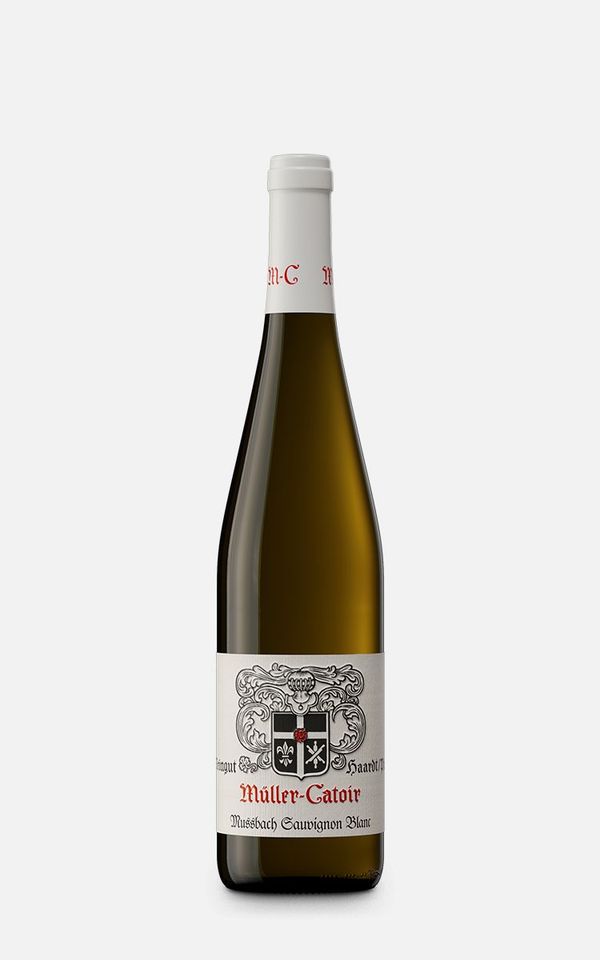The soil
Kieselstein
Loose gravel, gravelly sand and sand form nested river deposits. The gravel consists of perfectly rounded pebbles with diameters ranging from a few millimeters to a few centimeters. Most of them are white, smoothly polished quartz pebbles and honey-yellow quartzite. The second most common component are larger, weaker rounded pebbles of red sandstone. There are also brown, black, greenish and reddish-brown pebbles made of chert, siliceous slate, rhyolite and granophyr. The characteristic of all pebbles is their great hardness and resistance to weathering. The sands form the fine fraction of the loose sediment. They consist of rounded mineral grains barely a millimeter in size. Their composition corresponds to the mineral content of the gravels. Constantly moved and rearranged in flowing water, the gravels and sands are rich in quartz, low in clay and largely free of lime.
- Data and facts
- Emergence: The gravels and sands date back to 10 to 3 million years ago. After the sea finally retreated, the Rhine Graben became the mainland forever. It was the birth of the original Rhine. From its source near the Kaiserstuhl near Freiburg, it made its way north with a strong current. Progressive subsidence inside the ditch and periodic fluctuations in water volumes gave rise to a widely branched river system. The original Rhine flowed in wide meanders all the way to the edge of the ditch near Neustadt. Elephants, rhinos, prehistoric horses, antelopes and great apes enlivened its banks. There was no sign of the impending great ice age far and wide. The original Rhine transported large amounts of rock under constant relocation. Originally angular stones were broken, crushed, ground, rounded and polished. Only the hardest rocks and the extremely weather-resistant quartz “survived” the transport. All other types of rock were completely worn down and washed away. At Neustadt the meanders of the Rhine met the red sandstone alluvial fans of the Speyer and Mussbach. The rock load of the Rhine and its two tributaries mixed. Brown-red pebbles made of red sandstone from the Palatinate Forest document what happened in this place millions of years ago. As the Rhine meanders retreated, intermediate clayey horizons formed in the shallow water.
- Era: Tertiary
- Age of origin: 10 to 3 million years before today in the Miocene and Pliocene periods
- Composition: Extremely water-permeable, well-aerated, fine sandy soils form over the gravelly deposits of the original Rhine and its two tributaries. Rainwater quickly seeps away in the clay-poor, pebble-strewn sandy soil. Only thin, clayey intermediate horizons store water to a limited extent for a short time. There are no real water reserves deeper underground either. In dry times, water quickly becomes scarce. Determined by quartz (silicon dioxide), the soil reaction is acidic to neutral. Apart from the abundant element silicon, other nutrients are only present in loamy sections. Gravel and sand in the ground and subsoil warm up well, but can only retain heat to a limited extent.
- Vineyards: Mussbach, Mandelring




